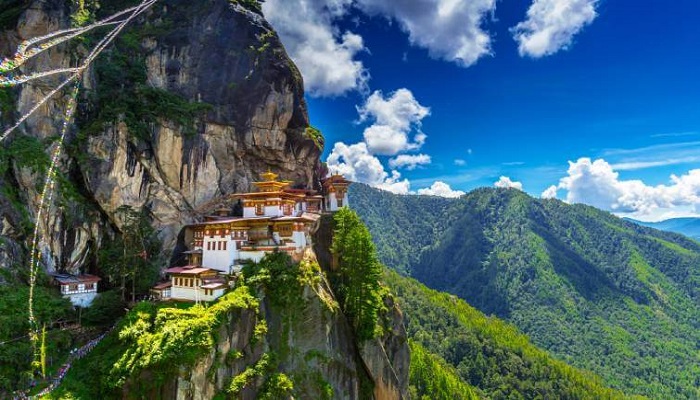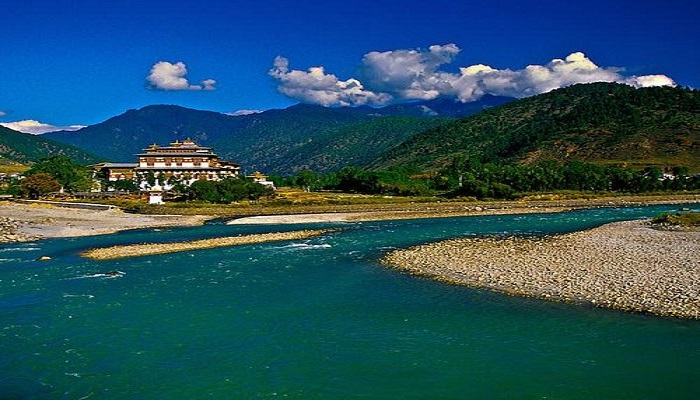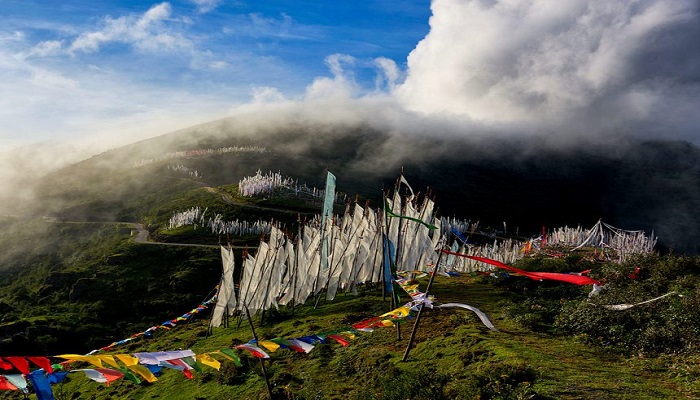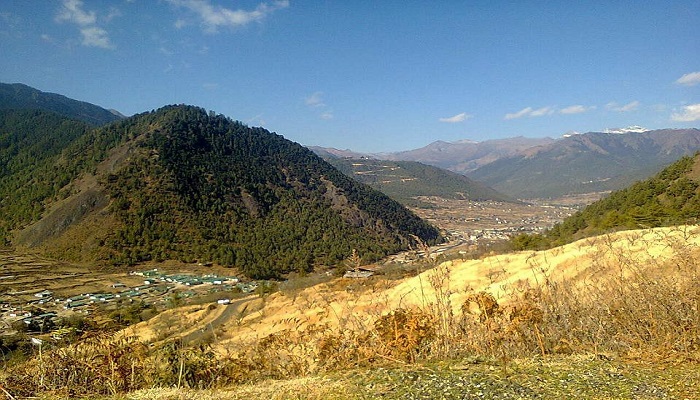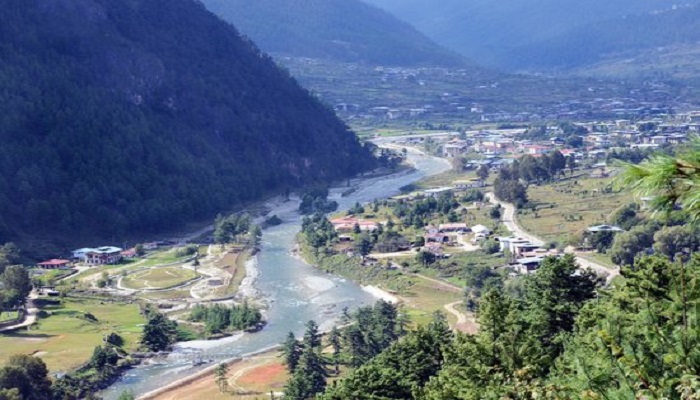Bhutan
Bhutan - Overview
The Kingdom of Bhutan is a small landlocked country located in the southern foothills of the Himalayan mountain range, sandwiched between the People’s Republic of China in the north and the Republic of India in the south.
It is a sovereign nation, with a total land area of 38,394 km² and a total population of 771,608 (2020 estimated).
The country was originally known by many names including Lho Jong, ‘The Valleys of the South’, Lho Mon Kha Shi, ‘The Southern Mon Country of Four Approaches’, Lho Jong Men Jong, ‘The Southern Valleys of Medicinal Herbs and Lho Mon Tsenden Jong, ‘The Southern Mon Valleys where Sandalwood Grows’. Mon was a term used by the Tibetans to refer to Mongoloid, non-Buddhist peoples that populated the Southern Himalayas.
What you should know About Bhutan?
The country came to be known as Druk Yul or The Land of the Drukpas sometime in the 17th century. The name refers to the Drukpa sect of Buddhism that has been the dominant religion in the region since that period.
Initially Bonism (a pre-buddhist religion of Tibet) , was the dominant religion in the region that would come to be known as Bhutan. Buddhism was introduced in the 7th century by the Tibetan King Songtsen Gampo and was further strengthened by the arrival of Guru Rimpoche, a Buddhist Master that is widely considered to be the Second Buddha.
The country was first unified in 17th century by Zhabdrung Ngawang Namgyel. After arriving in Bhutan from Tibet he consolidated his power, defeated three Tibetan invasions and established a comprehensive system of law and governance. His system of rule eroded after his death and the country fell into in-fighting and civil war between the various local rulers. This continued until the Trongsa Penlop Ugyen Wangchuck was able to gain control and with the support of the people to establish himself as Bhutan’s first hereditary King in 1907. His Majesty Ugyen Wangchuck became the first Druk Gyalpo (Dragon King) and set up the Wangchuck Dynasty that still rules today.
In 2008 Bhutan enacted its Constitution and converted to a democracy in order to better safeguard the rights of its citizens. Later in November of the same year, the current reigning 5th Druk Gyalpo Jigme Khesar Namgyel Wangchuck was crowned.
While Bhutan is one of the smallest countries in the world, its cultural diversity and richness are profound.
As such, strong emphasis is laid on the promotion and preservation of its unique culture. By protecting and nurturing Bhutan’s living culture it is believed that it will help guard the sovereignty of the nation.
Bhutan is listed as one among the top 10 biodiversity hot spots in the world. Bhutan has total forest coverage of over 70% of the country’s total geographical area with the constitution requiring 60% of the country under forest coverage for all times to come.
Bhutan is linguistically rich with over nineteen dialects spoken in the country. The richness of the linguistic diversity can be attributed to the geographical location of the country with its high mountain passes and deep valleys. These geographical features forced the inhabitants of the country to live in isolation but also contributed to their survival.
The national language is Dzongkha, the native language of the Ngalops of western Bhutan.
Some Interesting Facts About Bhutan?
Until recently, the tiny Asian kingdom of Bhutan remained tucked away in total isolation from the rest of the world. That segregation helped to preserve its deep Buddhist traditions, the importance of the family and pristine landscapes. It’s also made it a fascinating country to study.

